Now we are in the thick of winter; it’s time to start thinking about getting our home ready for Christmas and the New Year. It’s also a perfect time to undertake some DIY we spend more time at home, and we still have time before the festivities.


Now we are in the thick of winter; it’s time to start thinking about getting our home ready for Christmas and the New Year. It’s also a perfect time to undertake some DIY we spend more time at home, and we still have time before the festivities.
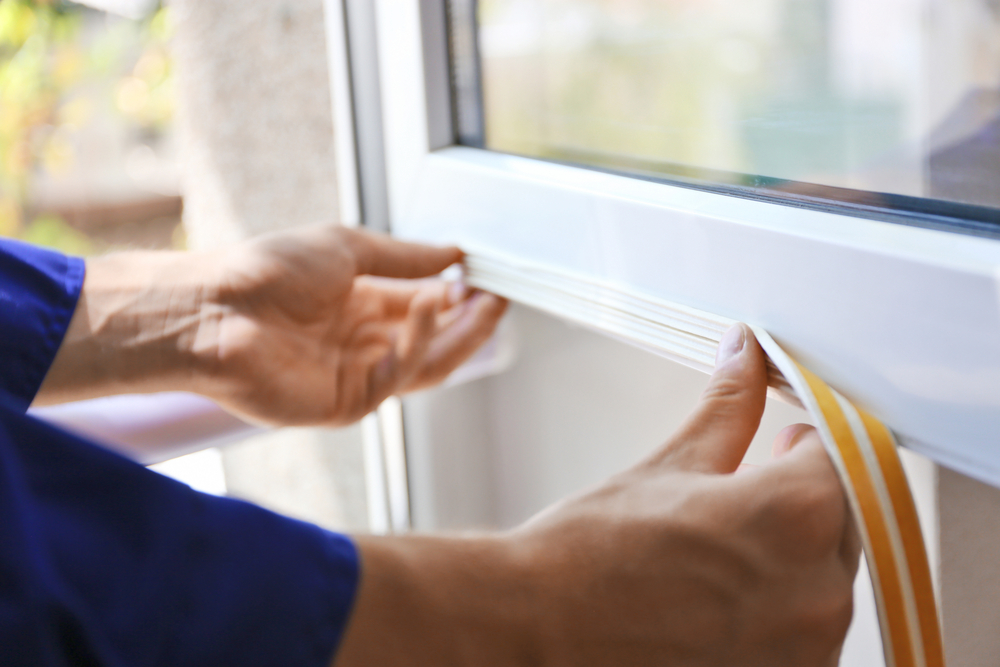
When it comes to keeping your home warm, there are lots of small things you can do to make a big difference. We are all much more conscious of the cost of our energy, so it’s essential we do what we can to ensure the heat in our home isn’t escaping due to poor insulation. From draughty windows to gaps in the floorboards, there are lots of budget-friendly solutions to improve the energy efficiency of your home. What’s more, when you sell your home, your buyers will want to see details of your energy bills for the property.
Ensure your boiler is serviced
It’s important that your boiler can live up to the demands of a cold Scottish winter. An old or faulty boiler will increase your heating bill significantly. Make sure your boiler is serviced every 12 months, preferably before the winter, to ensure it’s running efficiently. If your boiler is over eight years old, consider replacing it, as the average lifespan is between 10 and 15 years; however, council grants could be available if your boiler is over seven years old, enabling you to replace it with a small contribution. Talk to your local council for a list of suppliers.
In terms of heating your home, leaving the heating on low all day will not reduce your heating bills – only use it when you need it and try to keep it to 18 degrees.
Heat yourself, not the house
A great way to stay warm and avoid using too much energy is simply by wearing layers and blankets. Heated blankets are incredibly energy efficient as they warm up with minimal electricity. Blankets with arms are also an excellent idea for staying warm.
Invest in a smart thermostat
A thermostat controls the temperature of your home by communicating with your boiler. Older thermostats can cause delays in your boiler switching on or your house being heated at much higher temperatures than needed. Upgrading your thermostat could provide far greater accuracy in thermostat-to-boiler communication, preventing energy from being wasted and reducing your bills. By using a thermostat with a timer, you’ll have a simple solution to ensure your home is heated for when you arrive home from work.
A smart thermostat is an excellent energy-saving way to operate your home heating system It will turn itself down when you’re out of the house; it gets to know your temperature preference so that it never overheats your home plus, it can be controlled via an app through your phone, so that you can switch your heating or hot water on or off when outside of your house and even switch off your boiler if you’re out of the house for more than a few days. You can also use it remotely and will receive monthly reports so you can work out how much energy you’re using.
Don’t block radiators
It’s essential to be strategic about your furniture placement in rooms you’re trying to keep warm. Don’t put furniture or sofas against the radiator or the radiator, or they will absorb the heat. Also, make sure that curtains don’t fall over the radiator, covering them up; otherwise, the heat will be directed towards the window and will escape, especially if you have older or single-glazed windows.
Keep your curtains open during the day –and sunlight will warm your home. Ensure your radiators are working correctly by bleeding them to ensure no air is trapped – hindering the heating performance.
Draught proof windows
It’s simple to draught-proof your windows –apply self-adhesive foam tape to a window frame and check for cracks between the window frames and the surrounding walls as you can use sealant to block these.
Chimney balloon
There’s no point spending money on insulation, but the heat escapes up the chimney. Many people have gas fires and traditional chimneys but avoid using these due to the price of gas. Invest in a chimney balloon to prevent the heat from escaping – they are easy to instal and remove and are highly effective.
Floorboards
Stripped floorboards look great, but they have small gaps that can be highly draughty, letting cold air into the room. Try a draught filler which is a rubber-like material that can be pushed between the boards to seal any gaps. Another option is to have a carpet fitted with underlay or use a fluffy rug to cover some of the gaps.

Last week the autumn statement was announced by Chancellor Jeremy Hunt. This included changes to the income and capital gains tax thresholds, delays in the social care cap, an announcement regarding the energy price cap guarantee (from £2,500 to £3,000 from April) and a lift on the council tax rise cap. But what will it mean for the housing market?
Although it’s too early to know how the financial markets will react to today’s announcement, the statement looks set to reassure the housing market following the fallout of the mini-budget announced in September.
Reassuringly, the Chancellor has published the response from the Office for Budgetary Responsibility (OBR) to the budget following the statement. The OBS believes that the economic downturn will be less severe and that the economy will grow by 4.2% in 2022 before contracting 1.4% next year and recovering to 1.3% in 2024. Inflation will average 9.1% this year but will fall in 2023. This means that the Bank of England will be less likely to raise interest rates, which is good news for mortgage rates in the future.
Activity in the housing market has slowed, given that we are all facing a higher cost of living, rising interest rates and economic uncertainty. The income tax threshold freeze and the higher council tax and energy bills add pressure.
However, the Chancellor announced that the Energy Price Guarantee would continue from April, albeit at a slightly higher level of £3,000, and this will help to reassure homeowners and potential buyers that they will not face a steep increase in their gas and electricity bills come the spring. Not only will this help to increase confidence it will help those worried about mortgage affordability checks in the face of having no price guarantee.
It also appears that unemployment will not increase significantly and will help prevent a high level of forced sales. In addition, the stability brought by the statement is good news for the housing market.
The only issue is that capital gains tax is currently charged at 18% on residential property and 10% on other assets for basic rate taxpayers and 28% and 20%, respectively, for high rate taxpayers with the first £12,300 of gains tax-free. The Chancellor announced that the tax-free threshold is being reduced from £6,000 to £3,000 from April 2024. This will affect those selling buy-to-let properties, not their main home.
This could cause some buy-to-let landlords to sell their properties ahead of the decrease, putting pressure on the rental market.

Despite interest rates rising, there is still interest from home hunters as demand continues to outweigh supply.
Although you can visit property portals like Zoopla and Rightmove to get an idea of how much your home is worth, it doesn’t compare to an accurate valuation from an estate agent. This is because we take into account a lot more than just the area, type of property and sold prices in the area.
How do we work out the value?
Several factors can affect the value of your property. Two houses next door to each other could be the same spec, size and location – but they can vary drastically in terms of what they are worth and how much interest they generate.
This can include:
The condition of the property – including the cosmetic appearance, the decor and the structural condition.
Any additional space such as an extension, garden room, loft or basement room.
Decor including flooring, decor, double glazing, insulation, and heating systems.
The EPC rating of the property.
Other elements will affect how we value your property. We would also look at the possibilities the property would present to a prospective buyer. Could it be improved? Is there room to extend? Can it be finished to a higher standard? These all affect the value of the home and how much interest it will generate. It also affects the type of buyer we will target your home towards.
As well as this, we look at the mortgage market and the likelihood of securing a mortgage on the home. We look at how the market is behaving and levels of interest and determine how the asking price will be affected.
Although you can get an online valuation from various estate agents, we believe that the best way to get an accurate valuation that will stand up to interest in the market is in-person. Often, if the price is incorrectly pitched, one of two things can happen. If it’s too low, the property will sell quickly, but you will be out of pocket. If it’s too high, it could sit on the market for some time, which means that you will receive lower offers as time goes on, as buyers have the impression that the property has been languishing on the market.
When we value your home, we will ask you why you want to sell, how quickly you want to sell, why you enjoy living there, and what your plans for the future are. As local experts, we will also advise you as to whether you should do anything in the short or long term to increase the value of the property. This could include adding an extension, a sunroom, or an extra bathroom.
You only get one chance to get it right the first time. A home is as unique as the people who own them, so it’s essential to be aware of the variables that will affect the price and lead to a realistic price in a reasonable timeframe.
If you want to know how much your house is worth, get in touch with us at Caledonia Bureau.

Last week, the Bank of England confirmed that it was increasing interest rates from 2.25% to 3% and issued warnings that the UK faces recession.
The interest rate increase is the most significant rise in many years, but first-time buyers may feel the most impact. Purchasing a first home is already challenging as house prices have continued to rise over the last few years, hitting an average of £268,282, according to the latest Halifax house price index.
First-time buyers have found it difficult to secure a mortgage after many were pulled from the market following the mini-budget, which resulted in turmoil in the financial markets.
It appears that historically low-interest rates are ending, denting their affordability and buying power. There are also fewer mortgage products to choose from, particularly those with a 5% or 10% deposit, as lenders have concerns homeowners falling into negative equity.’
Buyers stepping onto the property ladder will require a larger deposit or will need to downsize or look at cheaper areas to ensure they can afford to buy a home.
But it’s not all bad news, as fixed-rate deals don’t look to be rising based on last week’s rate rise. Because the market expected rates to hit 3%, lenders have already factored this into their interest rates.
First-time buyers shouldn’t be put off from buying a home – mortgage payments will be lower than their rental payments if they have a 25% deposit, so it’s essential to look beyond the headlines and talk to a mortgage broker to get advice on the numbers.
If you are looking to buy your first home, it’s better to do it now before rates go up further – with interest rates set to peak at around 5% in 2023, mortgage rates could go higher, which will affect your affordability. However, this could dampen the market, so there should be a little more choice, and prices could fall.
Here are some of our ideal homes for first time buyers.
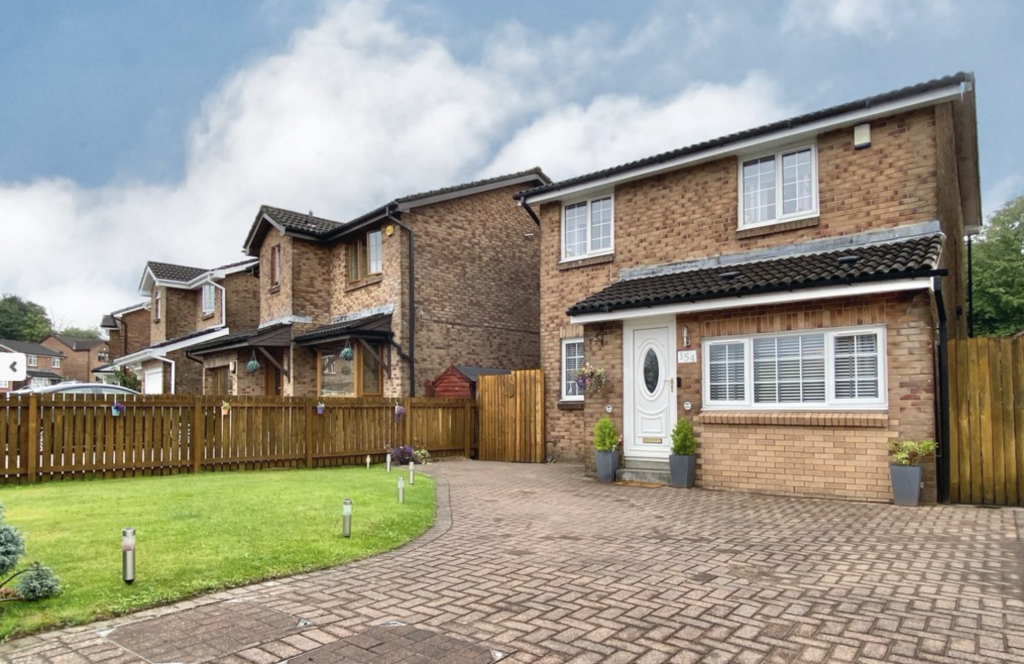
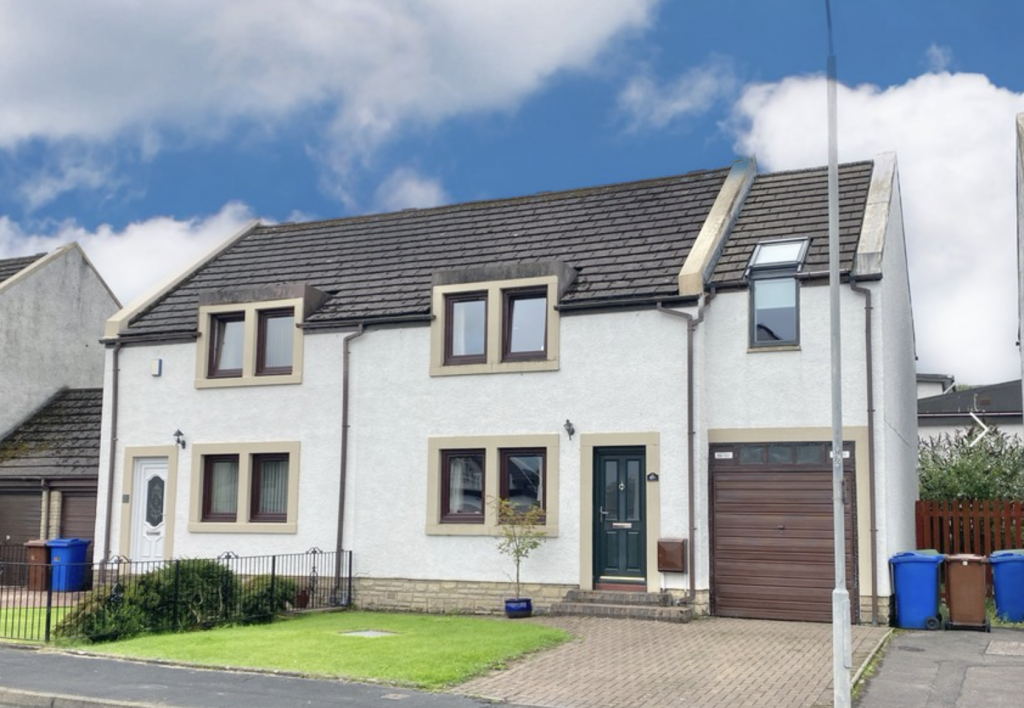
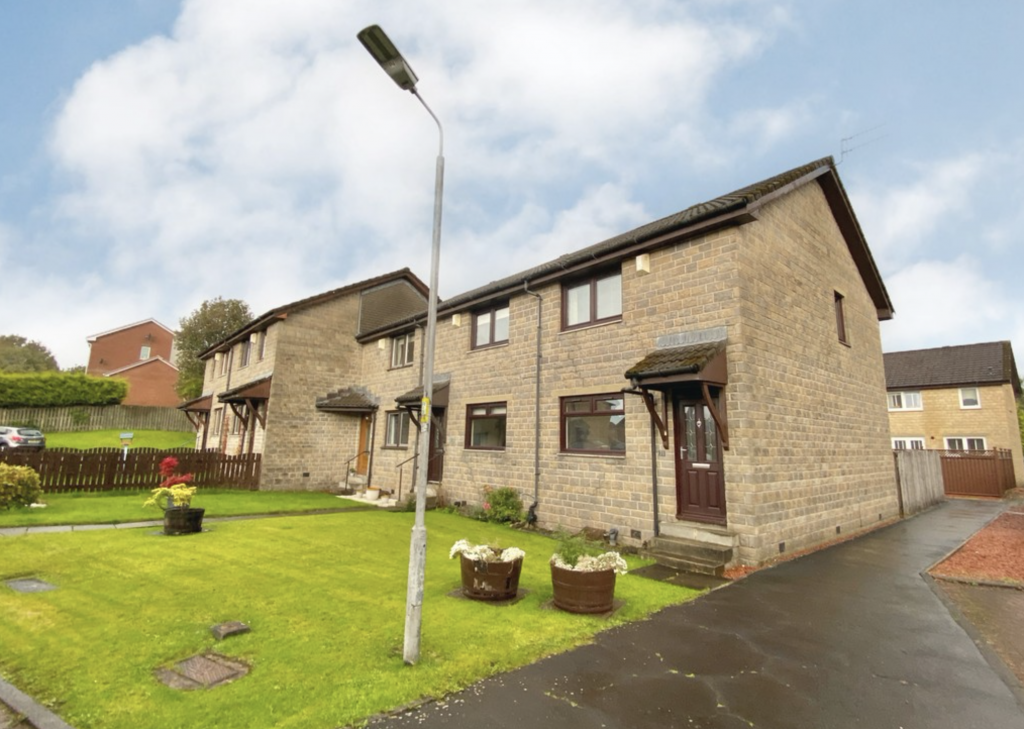
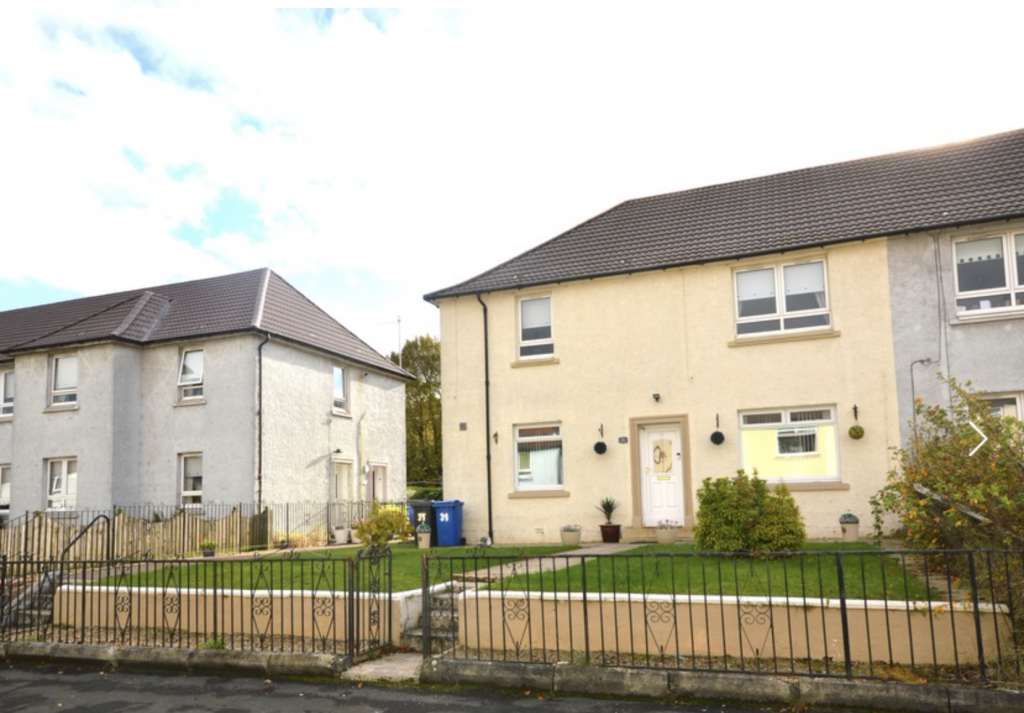
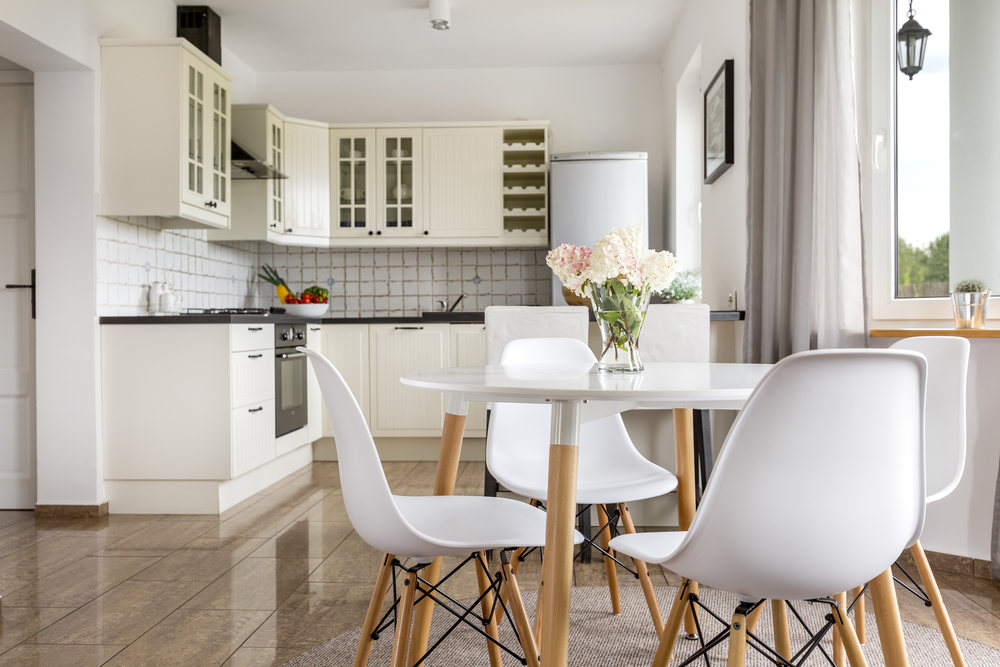
The kitchen is the most important room in the home. It’s where we cook, eat, socialise, and relax – it’s even been where we worked or home-schooled during the pandemic. Over recent years, having an open plan space – which incorporates a living or dining area has risen in popularity. It enables you to make the best use the available space in your home, reducing the need for circulation space between rooms. It’s the ‘hub’ of the home and as such, it needs to be planned carefully.
The first thing you need to do is plan the space. If you’re using it as a kitchen diner or kitchen living area, you’ll need to decide on how much space you need for each main function. Consider how big your dining table or sofa is and whether you want to ‘zone’ it with different wall colours or rugs.
There are some rules you can follow to make the space more functional and to help you plan the area. First, arrange your bin, sink and dishwasher close together and make sure that when the dishwasher door is open, you still have enough space to move about. Place the hob close to the sink and the fridge between the main cooking area and the dining table. Ideally, a worktop for food preparation should be between the hob and the sink.
Think about how you’ll use the kitchen and whether you want to face other people in the room when cooking or if you’d rather face away. You might also like to have a hob with a cooking area to make the space more sociable and enables you to watch children whilst you’re occupied.
It’s good to have a consistent flow throughout the room rather than have two different styles in each functional area. Use colour to tie the whole room together and keep the accessories consistent. Create continuity between the materials, including the flooring and lighting. Seating can be used to stitch the two areas together and choose integrated appliances to give the room a more polished look.
If you have a busy family life and young children, safety must be a key consideration. The cook should be protected so that there’s no need to circulate past the main chef, and make sure that the oven isn’t placed where a child could bump into someone lifting something hot from the oven – create enough space around the area. Childproof the hob if it’s on an island, and make sure there’s a lip near the hob so a pan can’t be pulled off. Knives should be kept in a drawer, not on the worktop or an island.
Plenty of storage is crucial, and if you can fit one in, a double larder is a great way to store food. They can even accommodate small appliances, such as a microwave, so that you can keep those out of sight, too.
Consider where you place the sink, as this is typically the messiest part of any kitchen. Avoid putting the sink on an island, where it would become a focus, and dirty pots are more obvious. Closed cupboards, as opposed to open shelving, will make the room appear much tidier but keep some areas open for books and favourite items to make the room feel homely.

The property market is headline news, with commentators keeping a close watch on what’s happening in the mortgage market following the min-budget debacle. Inflation is at an all-time high, the cost of living is higher than ever, and the Bank of England has made it clear that it will take any action necessary.
However, against this backdrop, the average asking price of a home in the UK rose again in October; according to Rightmove, it has reached a new record of £371,158.
Although it’s a slight increase, it’s an increase, nonetheless. Although it is slightly lower than the five-year October average, given the inflation rate, it’s surprising news.
So what has caused this rise in house prices when it was anticipated that prices would start to fall? The main reason is that more people are looking to purchase a home than are available. This imbalance of supply and demand has historically underpinned house prices in the UK. Over the last few months, sellers putting their home on the market have had enough interest not to reduce the asking price.
This year, we have seen slightly less demand from buyers than there has been in the last two years following the pandemic. After the lockdown lifted and the property market effectively reopened, the race for space and re-prioritisation meant that house prices rocketed beyond anyone’s expectation. We are now heading back to a more normal property market – but with demand continuing to outweigh supply, the prices continued to rise.
The rapid rise in average mortgage interest rates since December 2021 has meant that many home-movers have put their plans to move on hold. In the two weeks following the mini-budget, demand dropped by 15% compared to the same two weeks last year. However, it is still higher than it was in the same period in 2019.
Many movers have opted to wait until they have a clearer view of interest rates following the withdrawal of many products. Some people may view that with rates predicted to rise further, it could be beneficial to move now even though rates are higher than they have been in the last few years. House prices could still be supported by demand and supply, although we could still see a seasonal drop in average asking prices in November and December.
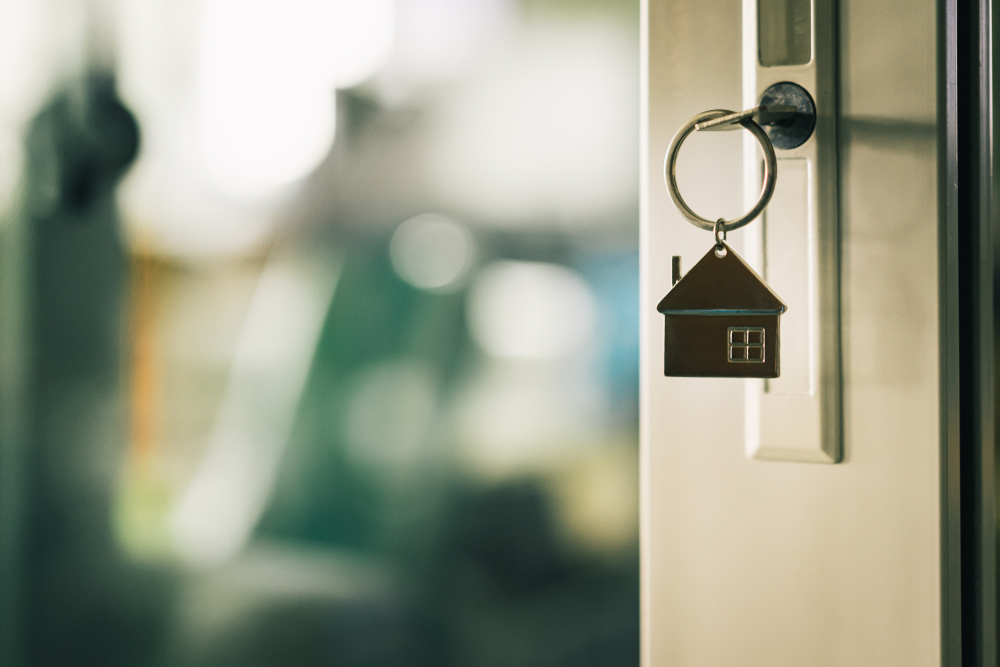
When the property market opened again following the pandemic in June of 2020, we saw an unprecedented demand for family homes – three and four-bedroom houses in particular – with prices skyrocketing against a backdrop of low interest rates and historically low mortgage rates. People were re-evaluating what they needed and wanted from their homes, with more outside space and more extensive gardens resulting from being in lockdown on- and off- for two years. However, after this boom, the property is finally starting to cool off, and we are entering a new phase in the property market.
After periods of intense growth, a price correction and slowdown is normal – especially, according to Zoopla, the House Price Index found that some areas saw ten years of growth in just two years.
The average UK property now costs £258,000, but this figure varies vastly from area to area. Kensington and Chelsea in London see prices five times that amount, whereas in East Ayrshire, the average house price is less than half of this.
The most expensive areas in the UK are in inner and greater London, Elmbridge, Buckinghamshire and Chiltern. By contrast, five regions of Scotland are in the top 10 cheapest areas in which to live:
West Dunbartonshire is an affordable area and a great place to live. We have several properties for sale:
Strathleven Drive, Bonhill, Alexandria G83 9PH
West Dunbartonshire
Offers Over £225,995
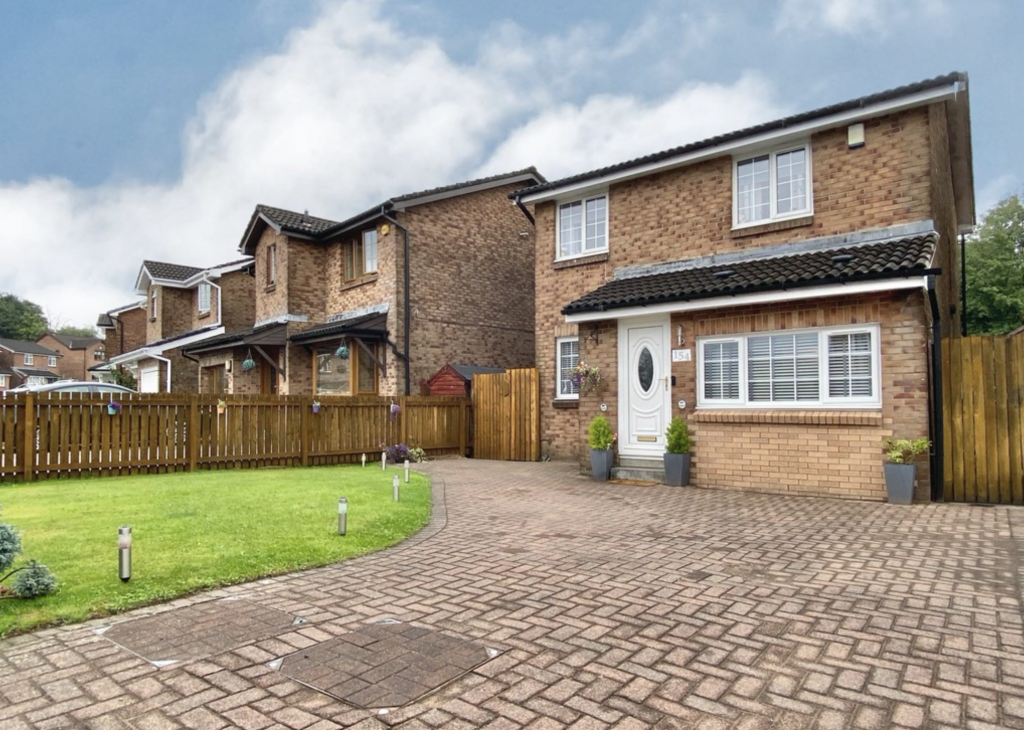
Offered to the market an excellent internal order throughout its well laid out family accommodation, this executive Detached Villa has been extended to provide a pleasing and flexible layout which must be viewed to be appreciated.
Hillcrest Avenue, Duntocher, West Dunbartonshire
Offers Over £209,995
A well-proportioned, corner-sited Detached Villa at a popular address within Duntocher offering a Porch, Lounge on an open plan with Dining Room, Kitchen, Three Bedrooms, and Refitted Bathroom. Gas CH, D/Glazing, Corner Gardens, Off street parking to garage. Early viewing is advisable.
Barns Street, Clydebank, West Dunbartonshire
Offers Over £175,000
Offered to the market at what Caledonia Bureau considers to be a competitive asking price is this rarely available End Terraced Villa which offers generously proportioned family accommodation and needs some updating. However, this has been reflected in the attractive asking price. With many original features retained and a distinctly warm charm and characterful layout, the agents anticipate a great response from their marketing endeavours.
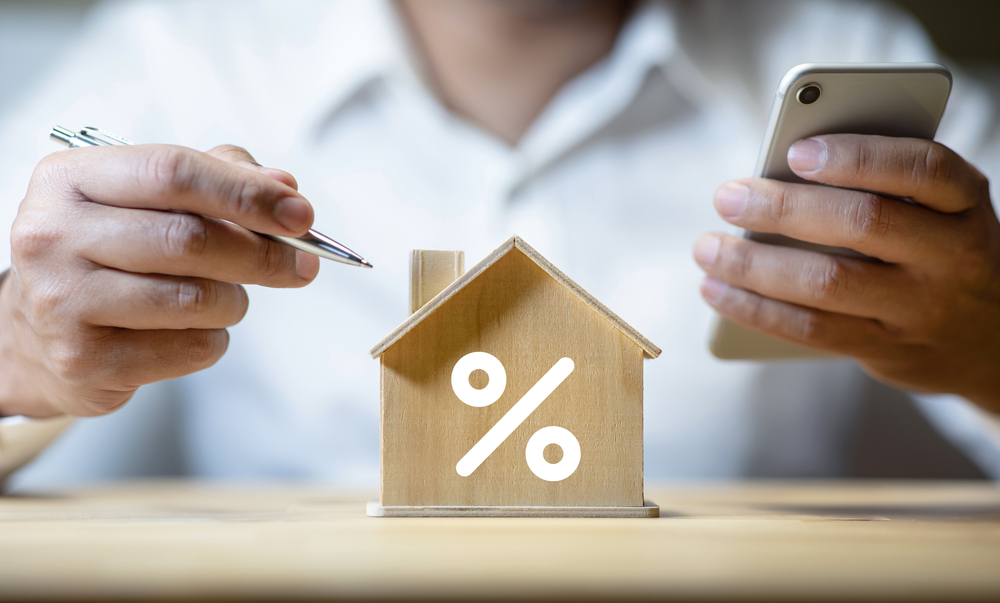
Over the last few weeks, there has been a lot of news coverage about the value of the pound, interest rates, inflation and mortgages.
Whether you’re buying your first home, moving up the property ladder or downsizing, you must understand what’s happening in the property market and why and how it could affect your mortgage.
Housing market predictions are changing week to week, and no one knows for sure what lies ahead. However, Rightmove has reported that thousands of people are requesting property viewings every day – the same level the portal has seen all month.
Interest rates
Before the mini-budget, rates were already increasing. The Bank of England sets the base rate, and this is the rate that lenders use to set their mortgage rates. At the start of the year, the base rate was 0.25%, today, it’s 2.25%.
The Government and the Bank of England set an inflation target of 2%, but the current rate is a record 9.9%. The Bank of England needs to ensure inflation is low and stable, and the way they do this is to put up rates. It is predicted that inflation will hit 11% this month and could stay above 10% until the new year before coming back down again. This is having an impact on all our pockets – food, fuel, energy, and luxuries are all on the rise.
What’s more, the average mortgage rates are increasing – if you are looking for a 90% LTV mortgage and take out a two-year fixed rate mortgage, your typical rate in January would have been 2%. At the end of August, this was an average of 3.9%. Today, the average rate on a two-year fixed-rate mortgage hit 6.16%, according to Moneyfacts. This is the highest for 14 years.
In addition, the pound’s value has seen record falls, which could drive up inflation further. This, in turn, will cause the Bank of England to raise interest rates faster and higher than previously forecasted.
Commentators believe the bank base rate could rise to 5.8% by next spring, affecting the underlying costs of fixed-rate mortgages. Some lenders have repriced deals, and others have removed some or all of their products whilst the picture becomes clearer. Many of these lenders are now reintroducing the deals back onto the market, albeit at higher rates.
Mortgages
If you are moving home, buying a property or coming to the end of your fixed-term deal, you’ll be impacted by the rise in interest rates. If you have a fixed-rate deal with a reasonable amount of time left, you won’t be affected.
If you do nothing when you come to the end of your mortgage deal, you will automatically move onto the lender’s Standard Variable Rate (SVR). This will undoubtedly be higher than your current rate as it will reflect the Bank of England’s base rate, which is much higher than mortgages were 2, 3 or 5 years ago – the typical fixed rate term. If you have a tracker mortgage, your repayments will go up as the interest rate is anchored against the base rate with a percentage on top. Therefore, with rates at 2.25%, you’ll be currently paying 3.25%.
Although many lenders have withdrawn their fixed-rate products, others have put them back on the market with a higher rate. It’s worth consulting with a mortgage broker if you consider changing from a tracker or variable rate to a fixed deal – as you may have to pay an early repayment charge to exit the deal.
If you are on a fixed-rate mortgage and it’s due to end within the next six months, you could look at a new deal with the same lender now, as you can often transfer in the last six months of your deal without a penalty. If you want to change lenders, you should start looking, as it can take a few months for your application to be processed.

This month’s mini-budget saw the pound drop to its lowest value against the dollar after the government announced tax cuts and an energy price cap. Although there has been a stamp duty cut in England we are yet to see if Holyrood makes the same cuts for LBTT to help buyers in Scotland.
In response to the budget announcement, the Bank of England announced that it would act to mitigate the effects of the budget on the market, potentially raising interest rates over the next few months. Market commentators believe that they could hit 6% by next spring. in response, mortgage companies withdrew products whilst the picture became clear. So, what can buyers do to keep their costs down?
Mortgage approvals for purchases have increased by 17% month on month in August, according to the Bank of England, showing some resilience in the market. This is the highest level since the start of 2022 when mortgage approvals were higher than the pre-pandemic average. This followed a trend showing buyers securing a deal before interest rates went up.
At present, the cost-of-living squeeze, rising energy prices and rising interest rates have meant that confidence is at an all-time low. Rising mortgage rates are set to have the most significant impact on areas where homes are already at the higher end of the market or where house prices have surged the most over the last two years.
Most people with a mortgage are on a fixed rate, but many people are coming to the end of their deal in the next 12 months or are considering purchasing a first home. These people are concerned about what this means for their outgoings.
Research from Zoopla shows that higher mortgage rates will reduce buying power by as much as 28% as rates rise from 2% to 5%, with the impact likely to last until 2023.
What can you do to combat the rising costs of purchasing a property? The first step is to put down as large a deposit as you can – if you can borrow from a parent or grandparent, this will help to keep your mortgage repayments down and improve your borrowing power.
Another sensible step is to adjust your search by area – moving to a less expensive place or choosing a smaller, more affordable home. Finally, you could wait it out and see how things are by the spring, but with rates going up, this is a gamble.
The average value of a home rose by 8.2% over the last 12 months, and although the quarterly growth rate is slowing, there are no immediate signs of a significant slowdown in price inflation. Higher mortgage rates will have the most impact on activity in these higher-value markets and areas which have registered the most significant surge in prices over the last two years.